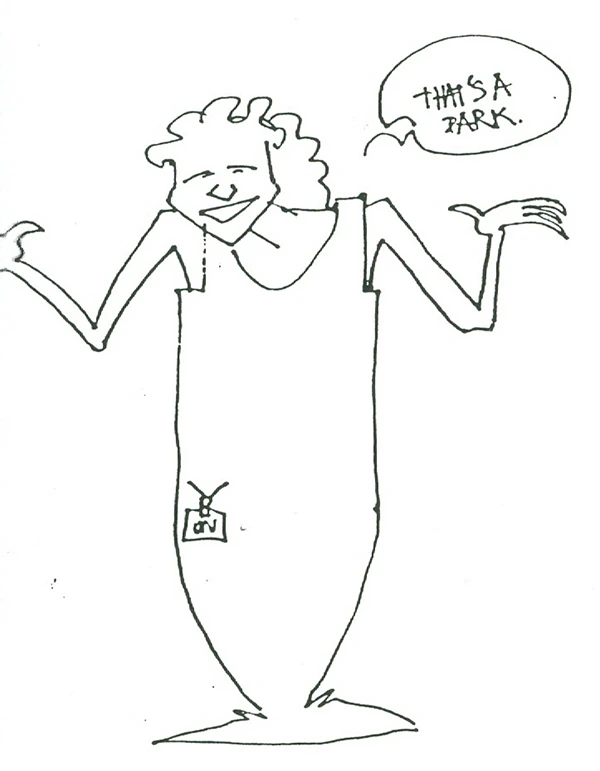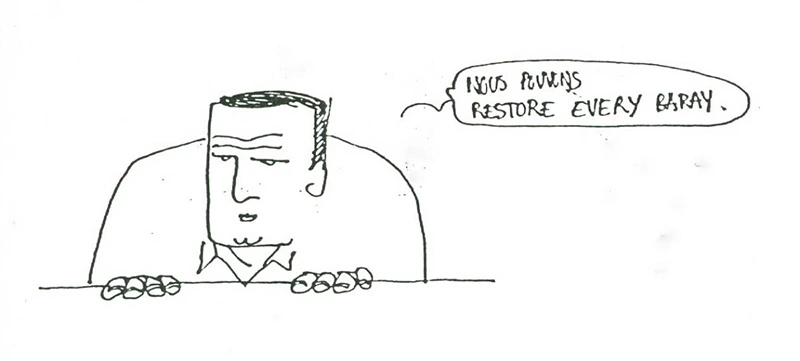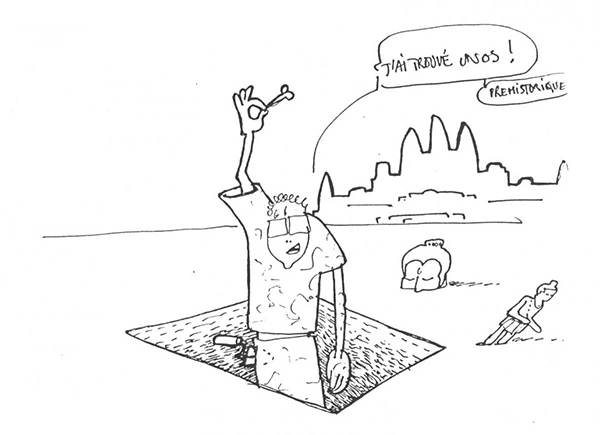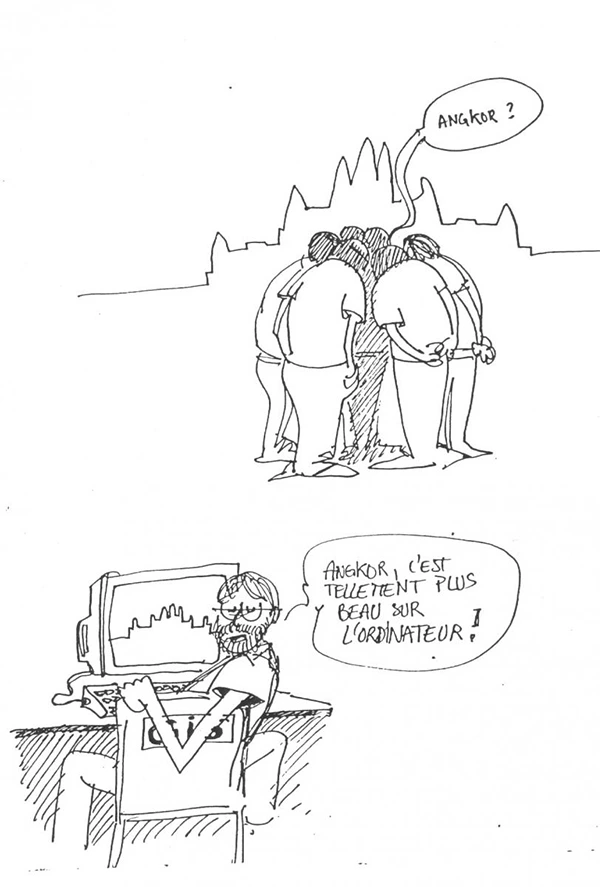This recognition made the group of 25 experts in 1992-93 to elaborate the 'Zoning and Environmental
Management Plan' (ZEMP) for UNESCO, and to apply it on the archaeological sites in Angkor, Cambodia. As
the matter of fact, this study containing the research achievements of numerous professional fields, was
a well-applicable methodology of data acquisition, analysing and proposed solutions regarding to the
particular archaeological sites. The new approach of the subject required new tools to be involved. The
handling and analysing of the huge quantities of data no longer was possible with traditional manner.
And, this was the point where the help of a computer had to be taken together with the dynamically
developing new branch of informatics, the GIS - geographical information system.
ZEMP for Angkor was concentrating to determine the sustainable level of press to the archaeological
sites coming from the tourism, everyday social activities and environmental impacts and to propose legal
framework and administration in order to manage and protect the area in good repair, in the future.
Supporting this, a comprehensive GIS solution based on the most up-to-date techniques, was completed to
assist the work of data collection in every field, data update, analysing and reporting.
Experiences show, that the two major difficulties of archaeological research nowadays are the lack of
standardised methodology and the incompatibility between the existing archaeological databases.
Fortunately, the ZEMP can give a positive answer for both of them. Therefore, on the areas where
authorities have to face up with the same complexity of problems than their Cambodian counterparts have,
at least a thorough consideration for the introduction of ZEMP's guidelines is highly recommended.
Ironically, the two greatest danger sources for the world-famous archaeological sites are the flood of
aggressive tourism and the local population earning its own living from the existence of the monuments.
Regrettably enough, the attitudes are not against to the everyday human behaviour but by no
means acceptable as normal.




